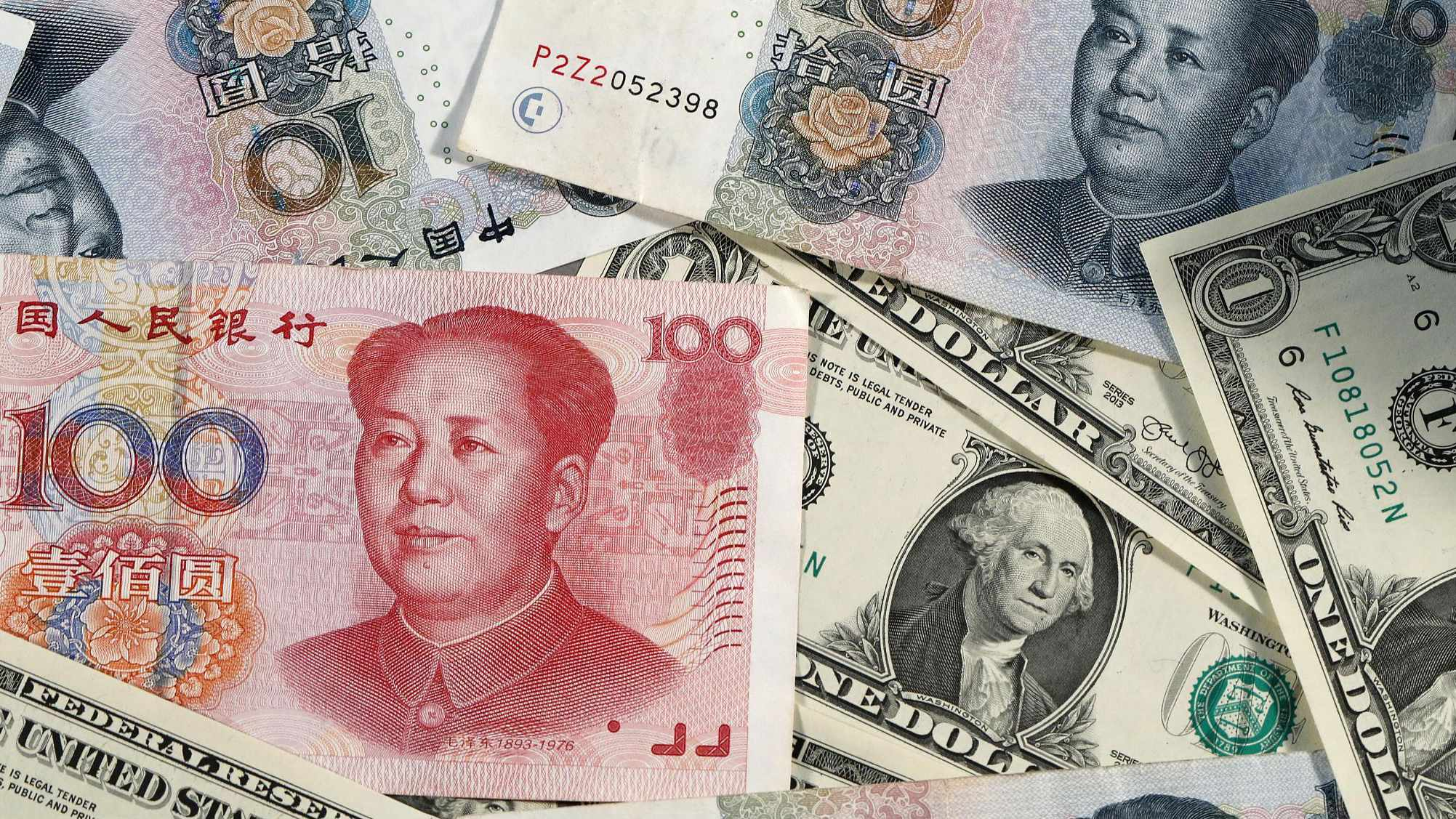Editor’s note: This article is translated from an editorial piece originally published in the WeChat official account of Bullpiano.
Imposing sanctions against Russia, Iran and Turkey while waging a heated trade war against China, the United States finally thinks it’s at the top of the hill, punishing whoever dares utter a word against it.
However, a subtle signal is flashing. Countries are lining up to sell off US treasuries.
The June numbers newly published by the Treasury Department shows:
Japan, the second largest holder of US treasuries, reduced its holding by 18.4 billion US dollars to 1.030 trillion US dollars, the lowest level since October 2011.
Russia, which used to be one of the top ten holders of US treasuries, owning 96.1 billion US dollars in March this year, has cut down its holding dramatically to 14.9 billion US dollars, an 11-year low.
Now, Russia has disappeared from the list of top ten holders of US treasuries.
Turkey held 28.8 billion US dollars of treasuries in June, representing a 42-percent drop compared to the beginning of the year.
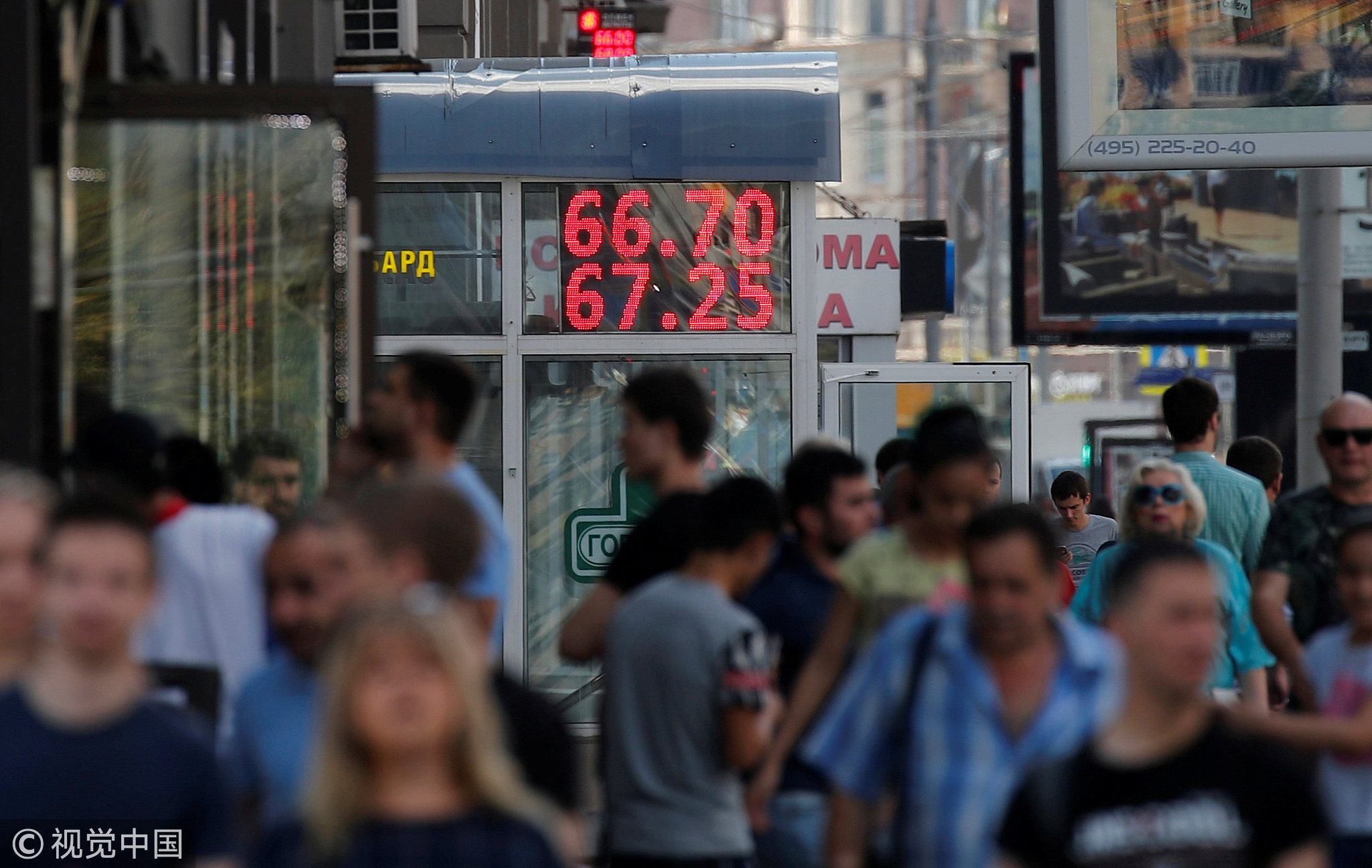
Pedestrians walk by an electronic board showing currency exchange rates of the US dollar against Russian ruble in Moscow, Russia, August 10, 2018. /VCG Photo
Pedestrians walk by an electronic board showing currency exchange rates of the US dollar against Russian ruble in Moscow, Russia, August 10, 2018. /VCG Photo
Granted, foreign holdings of US treasuries waxes and wanes in different months of the year, yet an undeniable trend is that more and more countries are selling off US treasuries.
And the reasons seem simple. Take Russia as an example. The US has launched many rounds of sanctions against it. As per a new sanction proposal, the US will ban export to Russia of any products that potentially have national security implications, such as steam turbines, electronics, and integrated circuits, which will take effect on Aug. 22. And this is just the beginning.
The second round would come three months from then, which may include measures such as downgrading diplomatic relations, banning direct flights to the US from Aeroflot, and almost stopping all US exports to Russia.
The stock and exchange markets in Russia nosedived on the news.
The instinctive reaction of an angry Russia is to sell off US treasuries.
Mr. Siluanov, minister of finance of Russia, said publicly that the sanctions imposed by the US on Russia have turned the US dollar into a “risky” currency in trade.
If using US dollars means falling in the crosshairs of the US, Russia has no choice but to forsake US dollars in favor of its own currency, the ruble, and other currencies such as the euro.
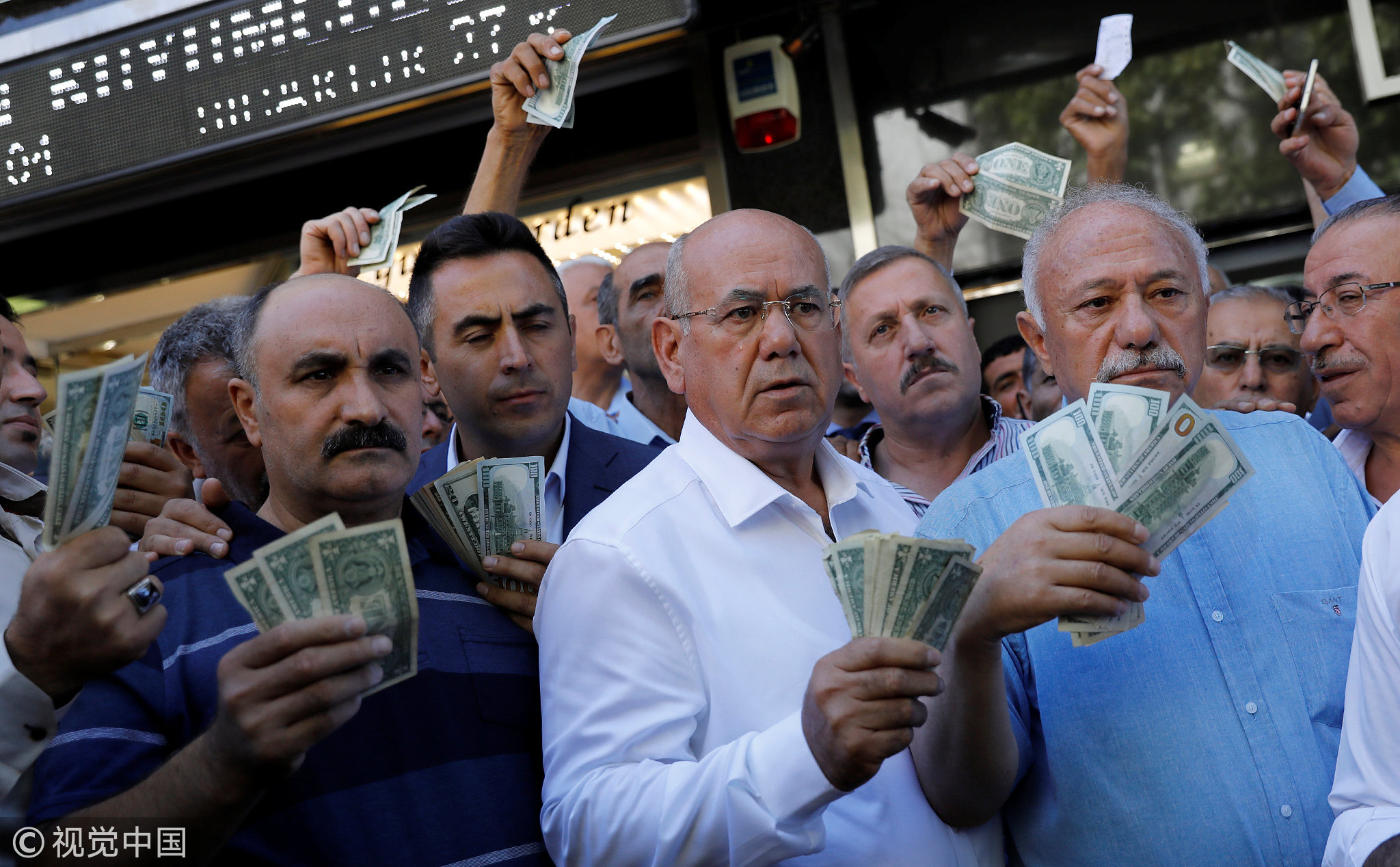
Businessmen holding US dollars stand in front of a currency exchange office in response to the Turkish President’s call for citizens to sell their dollar and euro savings to support the lira, in Ankara, Turkey, August 14, 2018. /VCG Photo
Businessmen holding US dollars stand in front of a currency exchange office in response to the Turkish President’s call for citizens to sell their dollar and euro savings to support the lira, in Ankara, Turkey, August 14, 2018. /VCG Photo
As for US treasuries, nowadays it is really the borrower who calls the shot. What if one day, the US throws a tantrum and decides to default on its debt?
This scenario is not completely impossible.
During the financial crisis in 2008, the then treasury secretary, Mr. Paulson said that if the US really wanted to serve itself, it could have simply let Fannie Mae and Freddie Mac fail, which would have basically sequestered 1 trillion US dollars of treasury-level investment by foreign governments, with hundreds of billions of dollars from China.
That was the US 10 years ago. Even then, Mr. Paulson toyed with the idea of default. Ten years on, given the track record of the US today, there is hardly anything anymore that’s off the table.
As per the June numbers published by the US Treasury Department, China, the largest holder of US Treasuries, has reduced its holding by 4.4 billion US dollars, to 1.1787 trillion US dollars, the lowest level since February this year.
The State Administration of Foreign Exchange of China said that China’s foreign exchange reserves are managed by the principle of diversity and wide distribution, to ensure the overall security and value appreciation of foreign exchange assets. Like any other investments, investment of foreign exchange reserves into US treasuries is a market-driven operation, which requires professional management on the basis of market conditions and investment needs.
There are three principles of foreign exchange investment, namely, security, liquidity, and profitability. China has over 3 trillion US dollars of foreign exchange reserves. Throughout the world, there is no other asset category that meets the aforementioned three principles as neatly as US treasuries.
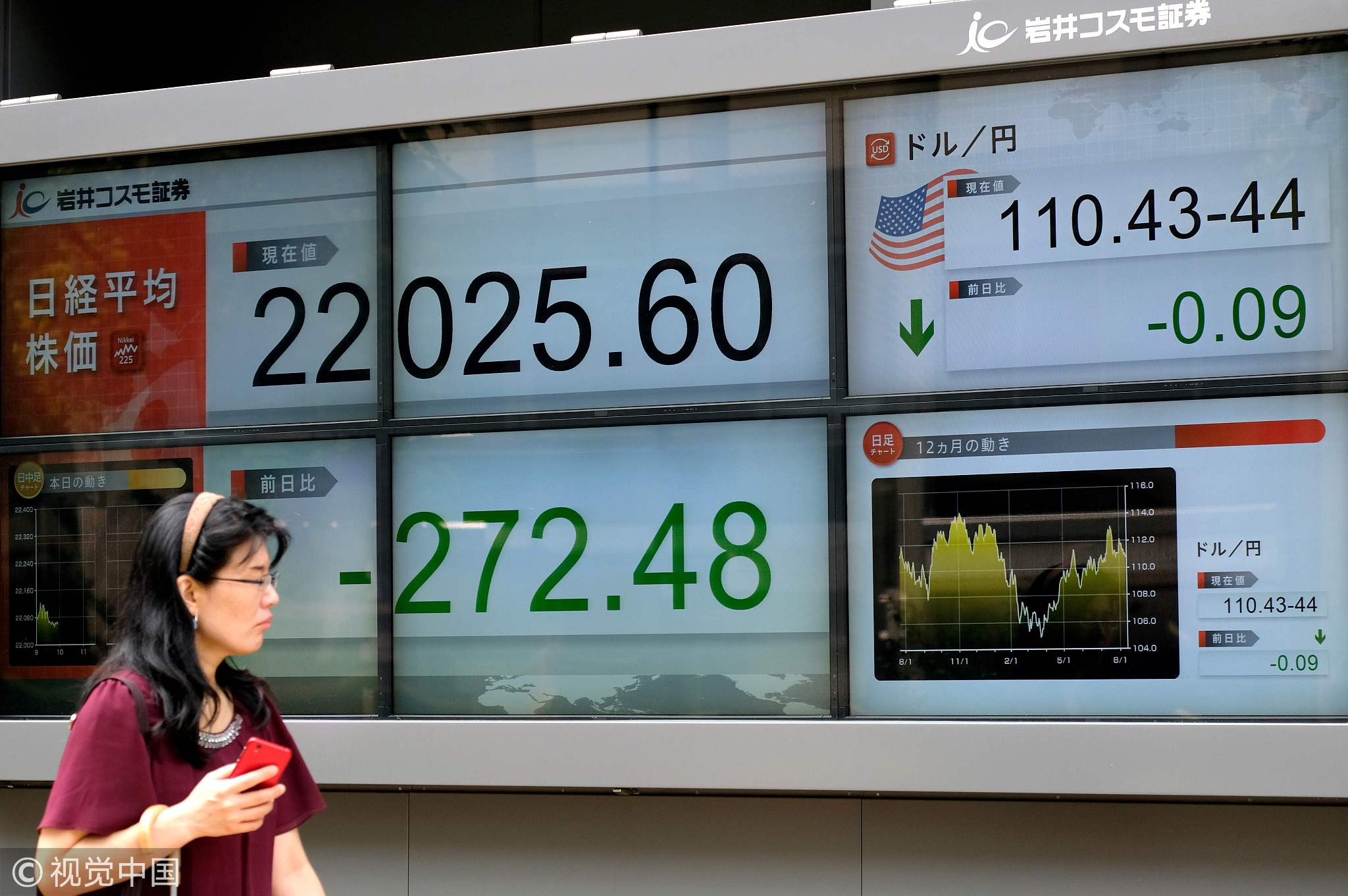
A pedestrian walks past an electronic board showing the share prices of the Tokyo Stock Exchange (L) and the foreign exchange rate between the yen and the US dollar (R) in Tokyo, August 13, 2018. / VCG Photo.
A pedestrian walks past an electronic board showing the share prices of the Tokyo Stock Exchange (L) and the foreign exchange rate between the yen and the US dollar (R) in Tokyo, August 13, 2018. / VCG Photo.
Yet that also creates a trap. To ensure that the value of foreign exchange reserves doesn’t decrease, you have no choice but to buy US treasuries. If one day, Washington really decides to eat its words, China will have no recourse.
While selling off US treasuries, contingency plans must be made in case the US begins to act up.
John Connally, treasury secretary during the Nixon administration, famously said: “The dollar is our currency, but your problem.”
However, bullying from the US could only aggravate the fear of other countries, which, compelled by anxiety, would start selling off treasuries.
You have to remember that the US has an exorbitant debt level and that the door of its government is kept open only with financing from issuing treasuries. The government would have to shut down with the weak bond issuance, thus dealing a heavy blow to the American economy.
It was once believed that there exists a tacit agreement between China and the US. China sells products to the US to earn dollars, and then lends money to the US so that it could buy more from China.
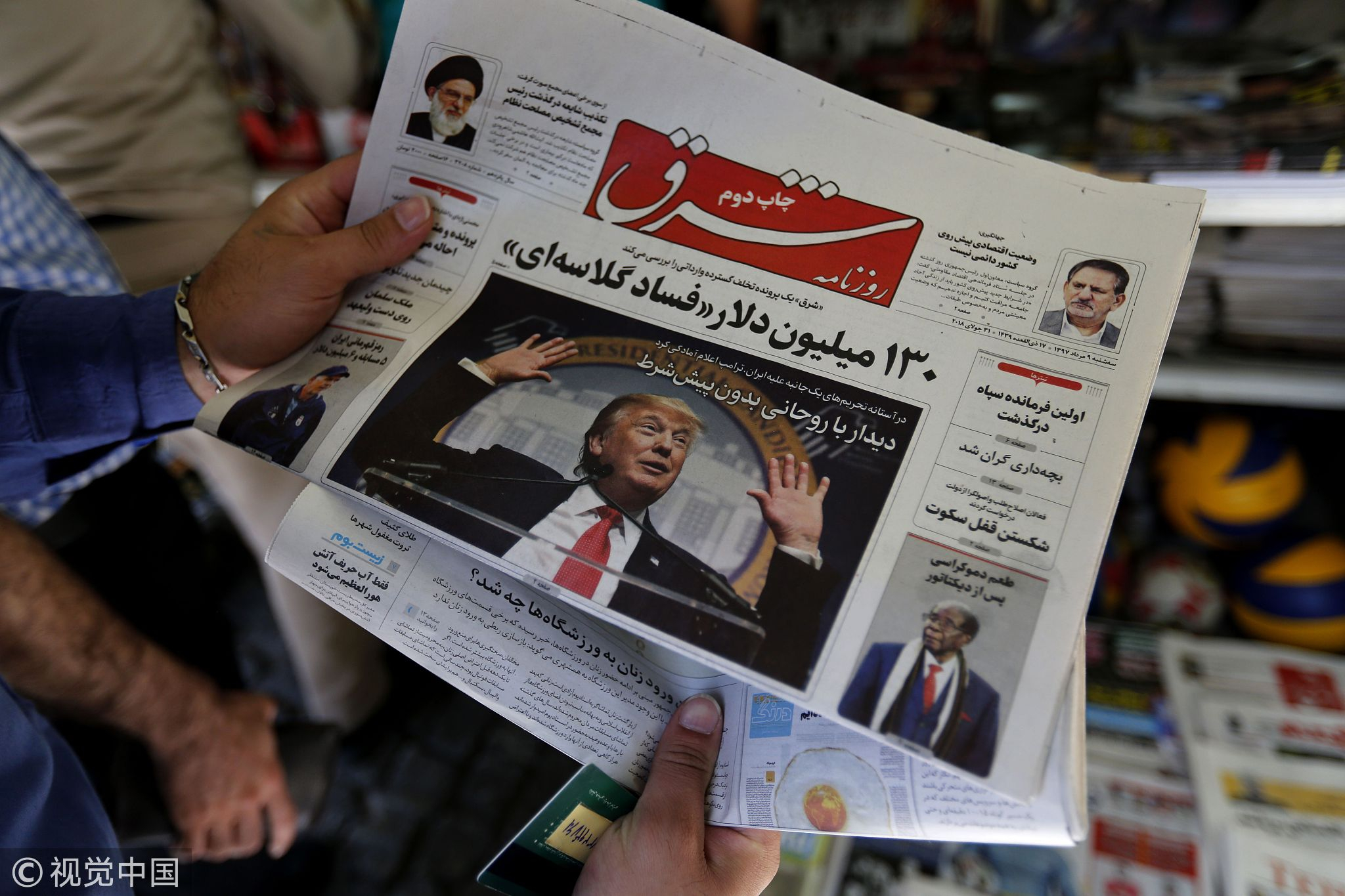
A man takes a glance at a newspaper with a picture of US President Donald Trump on the front page, in Tehran, Iran, July 31, 2018./VCG Photo.
A man takes a glance at a newspaper with a picture of US President Donald Trump on the front page, in Tehran, Iran, July 31, 2018./VCG Photo.
This circle is now broken. On the one hand, the US is ruthlessly battering China’s manufacturing sector with the trade war, and on the other hand, it still takes China as a fool and expects to continue to borrow heavily from China. This is unlikely to be sustainable.
A coin always has two sides.
The US is waving a big stick to keep the goodies. Trump thinks that, by doing so, he is helping the American people. Other countries sometimes also have no choice but to give in to American bullying.
One corollary, however, is that if other countries didn’t have the trade surplus with the US, they would also lose access to dollars; American bullying is also further dampening appetite for US treasuries. Therefore, the US is in effect forcing the rest of the world to exit the dollar system. Ultimately, the dollar dividend would disappear.
Of course, this would be a long, drawn-out unwinding and countries might continue to buy US treasuries for the time being. Yet just as an editorial of the Financial Times predicted one day, there will no longer be a big captive buyer of US treasuries on the other side of the Pacific. Washington has to be prepared for this.

